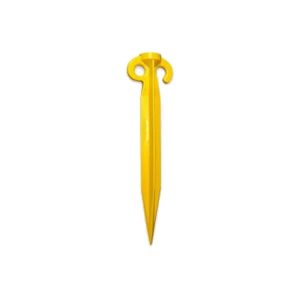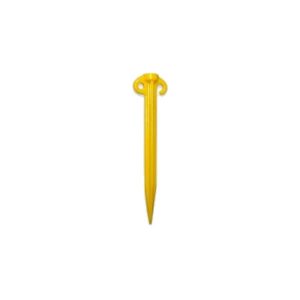Mastering Off-Road Recovery Techniques: Ensuring a Safe and Successful Adventure
4-whee-drive adventures can be a whole heap of fun, but they also come with the very big risk of getting stuck or encountering challenging situations. Proper off-road recovery techniques are an essential skill that every enthusiast should possess to ensure a safe trip. We’ll go through the fundamentals of off-road recovery, including preparation, equipment, and effective techniques to help you navigate through challenging scenarios with confidence.
Preparation is Key
Before embarking on any off-road adventure, it is crucial to adequately prepare for potential recovery situations. Familiarise yourself with the terrain and weather conditions, as they play a significant role in determining the appropriate recovery techniques. Carry essential recovery gear such as a recovery snatch strap or kinetic rope, snatch block, tree trunk protector, shovel, and a sturdy jack. Additionally, ensure that your vehicle is properly equipped and maintained, including appropriate tire selection, adequate ground clearance, and recovery points.
Assess the Situation
When encountering a recovery scenario, the first step is to assess the situation carefully. Evaluate the terrain, the position of the stuck vehicle, and any potential hazards. Identify the type of recovery required, whether it’s a simple self-recovery or assistance from another vehicle. Stay calm, communicate with your companions, and develop a plan of action before proceeding.
Self-Recovery Techniques
In many cases, you can successfully recover a stuck vehicle using self-recovery techniques. Here are a few essential techniques to consider:
- Digging: Clear the area around the stuck wheels to provide better traction. Use a shovel or other suitable tools to remove mud, rocks, or other obstacles.
- Traction Aids: Use traction aids such as recovery boards, traction mats, sand ladders, or even branches and rocks placed under the wheels to gain traction and help free the vehicle.
- Rocking Technique: Gently alternate between forward and reverse gears, gradually building momentum to rock the vehicle free. Be mindful of wheel spin and avoid excessive acceleration to prevent digging the tires deeper into the terrain.
Assisted Recovery Techniques
In more challenging scenarios, an assisted recovery may be necessary. Here are a few techniques to consider when seeking assistance:
- Winching: A winch is a valuable tool for off-road recovery. Use a winch to pull the stuck vehicle using a suitable anchor point, such as a sturdy tree or another vehicle. Always follow safe winching practices, including proper equipment attachment and maintaining tension on the winch line.
- Snatch Recovery: A snatch recovery involves using a recovery strap or snatch strap. Connect the strap between the stuck vehicle and a recovery vehicle, ensuring the appropriate distance and angle for safe recovery. Use steady acceleration in the recovery vehicle to generate kinetic energy, which helps free the stuck vehicle.
- Hi-Lift Jack Recovery: A hi-lift jack can be an effective tool for lifting a stuck vehicle out of a challenging situation. Remember that hi-lift jacks are very dangerous, so make sure that you follow proper safety procedures and utilise accessories like a jack base or a lifting point adapter to ensure stability and prevent damage.
Safety Considerations
Safety should always be a top priority during off-road recoveries. Here are a few essential safety considerations:
- Clear Communication: Establish clear communication signals or use handheld radios to ensure effective communication between the recovery team members.
- Personal Protective Equipment (PPE): Wear appropriate PPE such as gloves and eye protection to safeguard yourself during recovery operations.
- Slow and Steady: Execute recovery techniques with caution and avoid sudden movements that can lead to vehicle or equipment damage or injury.
Conclusion
Proper off-road recovery techniques are crucial skills for every off-road enthusiast. By preparing adequately, assessing the situation, and using the appropriate techniques and recovery equipment, you can navigate through challenging scenarios safely and effectively. Remember to prioritise safety, communicate effectively, and always be prepared with the necessary recovery equipment. With knowledge, practice, and a cool-headed approach, you can ensure a successful off-road adventure while minimising the risks associated with recovery situations.





